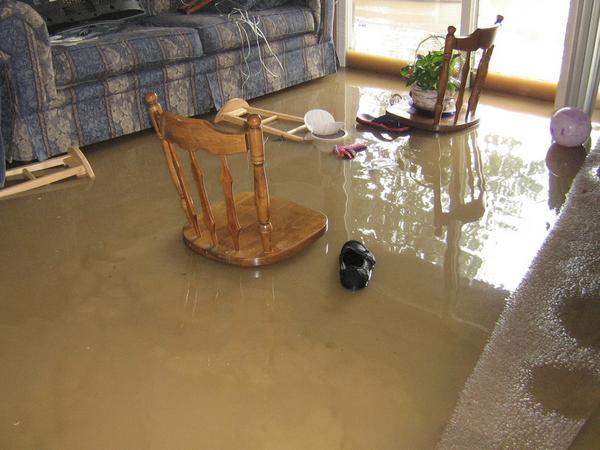Just about every person may have their own perception with regards to How to Fix a Water Damage Bathroom.

The bathroom is very susceptible for wet buildup and possible water damages because of the constant use water in it. This short article supplies basic inspection methods to aid discovering water damages dangers.
The frequent use water in the bathroom makes it very vulnerable for wet accumulation and also potential water damages. By examining it consistently, you can decrease water relevant damages.
The adhering to set of assessments is easy to do and also ought to be done as soon as in every 3 months in order to keep your washroom in good shape and also to avoid possible water damages brought on by the tub, the shower, pipeline joints and plumbing, sinks, closets, as well as the commode
Do not overlook executing these inspections and also be comprehensive while doing them. Keep in mind that these easy examinations can save you a great deal of money by supplying very early indicators for water damages
Bathtub as well as Shower
The shower and also tub call for special interest and also maintenance. Inspect the tiles as well as change if cracked. Make certain that there is no missing out on grout in between the floor tiles. Examine as well as change cracked caulking at joints where the wall surfaces fulfill the flooring or the bathtub. Blocked drains pipes and pipes troubles will avoid the bath tub from drying out and may show serious problems underneath the bath tub. Consult with an expert promptly to prevent structural damage. Focus on stainings or soft areas around the bathtub walls as they might show an internal leak.
Plumbing
Signs for water damage are difficult to find since most pipes are installed inside the walls.
Pay special interest to floor covering and also wall surfaces moisture and spots as they may suggest an unseen plumbing trouble. Examine dampness levels in adjoining rooms as well.
Sinks as well as Cabinets
Sinks as well as cupboards are subjected to dampness and also moisture day-to-day and also are often overlooked. Evaluate regularly under the sink and on the countertop above it. Repair any drip in the trap as it may suggest drain problems. Look around the sink, slow draining pipes might show an obstructed drainpipe. Change sink seals if they are split or loosened.
The Bathroom
The bathroom is a prone water junction. Inspect the water lines and search for leaks around the commode seat, in the tube, and also under the water container. If you find any type of indications of dampness on the flooring around the commode, look for leaks in the toilet rim and tank seals.
Realize that hanging commode dish deodorants enhances the chances for clogs.
TIPS TO PREVENT WATER DAMAGE IN THE BATHROOM
The average household uses approximately 80-100 gallons of water per person per day. For a family of 4, that's almost 2,500 gallons of water a week! The largest portion of this consumption comes from bathroom use. Flushing the toilet uses the most water, followed by taking a shower or bath. With that much water running through the home, water damage in the bathroom is bound to happen. Knowing how to spot signs of a water leak is essential to preventing long-term damage. This guide provides you with tips to reduce the impact of water damage on your bathroom.
CAUSES OF BATHROOM WATER DAMAGE
Pipe breaks are the most common cause of water damage we see in our daily jobs. The age of a pipe plays a large role in a pipe break as well as corrosion. Over time, the metal begins to break down, allowing water to escape. Frozen pipe breaks are also a concern in the winter months. Toilet overflows caused by paper products or children flushing inappropriate items. Degraded caulking around the toilet or bathtub can allow water seepage, sometimes behind the fixture, into the subfloor or walls. Condensation forms when the water in a pipe is cooler than the air temperature. Beads of water form on the exterior of the pipes, sometimes so much so that the water begins to drip and pool below. Sink or shower backups created by poor drainage. HOW TO PREVENT WATER DAMAGE IN YOUR BATHROOM
Inspect your toilet supply line for worn or frayed hoses and replace them as needed. Winterize your plumbing to prevent a frozen pipe break. Use vent fans to prevent condensation that can lead to mold growth. Routinely check and replace degraded caulking around your toilet or bathtub. Increase the temperature in your toilet tank and insulate your pipes during the warm summer months to keep condensation from forming. Use child safety locks on the toilets. Flush only toilet paper. "Flushable" wet wipes are actually not good for your plumbing system. Additionally, feminine hygiene products should not be flushed. Prevent water from escaping the tub or shower. Make sure shower curtains are in good condition. Inspect shower doors and replace the seal strip if necessary. Wipe up any water that accumulates on the floor and use bath mats. Water left to sit can cause damage to the tiles and flooring. Refrain from using bath products containing heavy oils to avoid a clogged drain.

I am just very interested by Common Causes of Water Damage in a Bathroom and I'm hoping you enjoyed reading my blog post. Appreciated our content? Please share it. Help other people locate it. I enjoy reading our article about How to Prevent Bathroom Water Damage.
Book With Us Today!